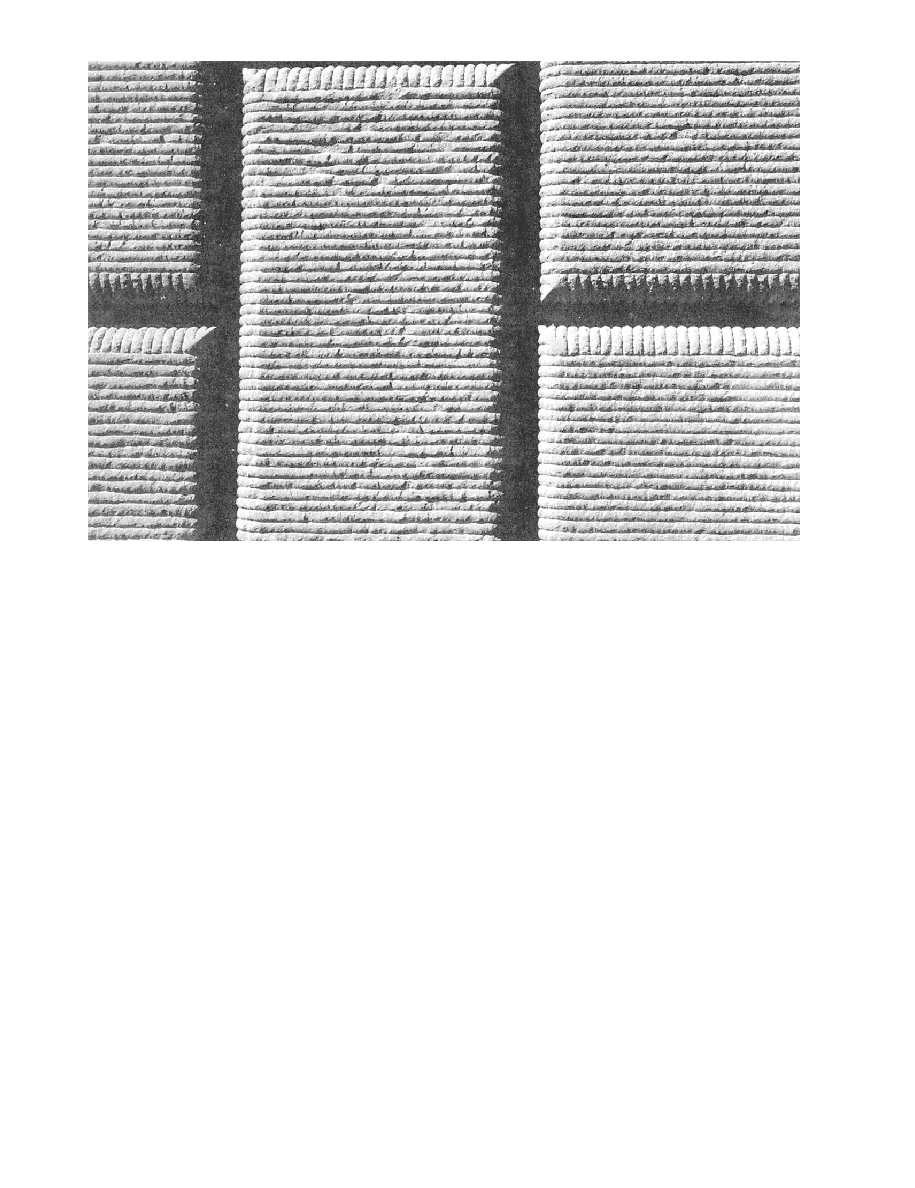
DOFMaster
for Windows
On-line
Depth of Field
Calculator
DOFMaster for Mobile Devices
On-line
Depth of Field
Table
Hyperfocal
Distance Chart
Articles
FAQ
Recommended
Books
Support
Contact
Links
Home
for Windows
On-line
Depth of Field
Calculator
DOFMaster for Mobile Devices
On-line
Depth of Field
Table
Hyperfocal
Distance Chart
Articles
FAQ
Recommended
Books
Support
Contact
Links
Home
As an Amazon Associate I earn from qualifying purchases.
![]()
scene or photograph consists primarily of white and
black with few or no middle gray tones. A black sailor
in a white uniform against a light background is an
example of a high-contrast (contrasty) scene. Most
scenes you photograph have normal contrast. There will
probably be elements within the scene that are very light
or white, some that are very dark or black, and many
tones or colors that reproduce as various tones of gray.
A low-contrast (flat) scene has colors or tones in which
highlights and shadows have very little difference in
scene are very similar in appearance. A white sailor in a
white uniform against a light background is an example
of a scene with low contrast.
softness and is characteristic of gentleness and mildness.
photography. Colors with opposite characteristics
contrast strongly when placed together. Each color
accentuates the qualities of the other and makes the color
images stand out dramatically. Color contrast is
enhanced when you create the contrast of detail against
mass. An example is a single, bright, red flower in a
clear, glass vase photographed against a bright, green
background.
colors advance. Light colors contrast against dark ones,
and a bold color offsets a weak color.
Basic Photography Course

As an Amazon Associate I earn from qualifying purchases.
WWW.DOFMASTER.COM
© 2006 Don Fleming. All rights reserved.
© 2006 Don Fleming. All rights reserved.